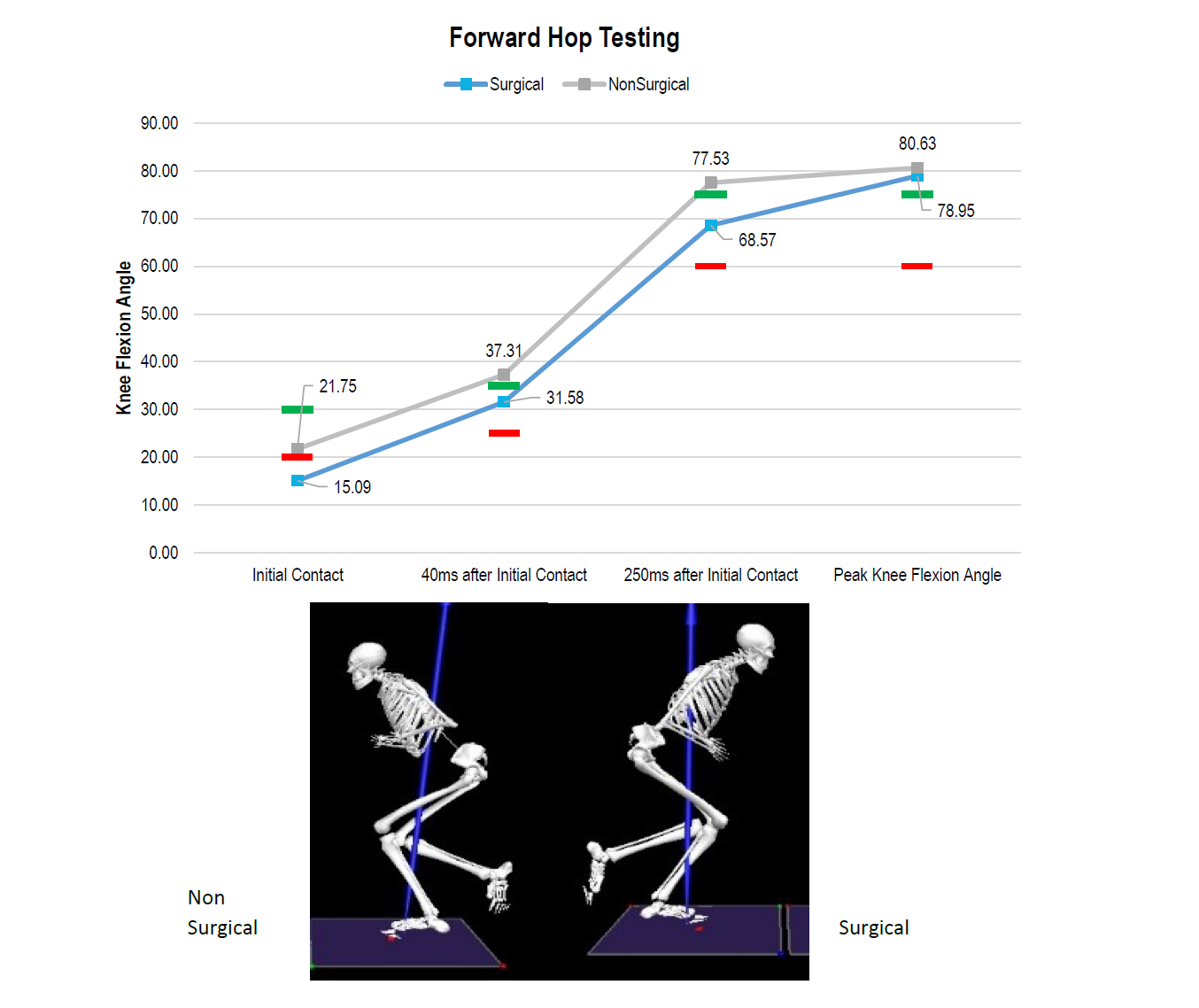
4 Ways Biomechanics Gives Athletes an Edge
1. It reveals what the body is really doing:
Sports science is an interdisciplinary field that merges principles from exercise physiology, biomechanics, nutrition, motor learning, psychology, data science, and other disciplines. At the core of sports science lie the principles of physiology and biomechanics. Physiologists research the intricacies of the human body’s response to exercise, studying factors such as cardiovascular function, muscle physiology, and energy metabolism. Biomechanists, on the other hand, analyze the mechanics of human movement, investigating factors like joint mechanics, muscle activation patterns, and the optimization of technique to maximize performance while minimizing the risk of injury.
2. It powers high-level movement analysis:
Here at Training HAUS, we specialize in biomechanics. Biomechanics examines the forces acting upon and within biological structures (kinetics), as well as the resulting motions (kinematics) and interactions. From the mechanics of walking to the dynamics of athletic performance, biomechanics serves as a fundamental framework for analyzing and interpreting motion in diverse contexts. One of the primary objectives of biomechanics is to analyze and quantify human movement to gain insights into underlying mechanisms and optimize performance. Through a variety of technologies such as motion capture, force plate analysis, and electromyography, researchers can precisely measure parameters such as joint angles, muscle forces, and ground reaction forces during various activities. This wealth of data enables biomechanists to identify determinants of performance, detect movement inefficiencies, and develop interventions to enhance athletic prowess across sports disciplines.
3. It helps prevent injuries and extend careers
In the realm of sports, biomechanics plays a pivotal role in optimizing athletic performance and preventing injuries. By dissecting the biomechanics of sports-specific movements such as running, jumping, and throwing, biomechanists can interpret the optimal techniques and strategies employed by elite athletes. Through biomechanical modeling, biomechanics can collaborate with coaches and athletes to refine training regimens, adjust technique, and tailor equipment to maximize performance outcomes while minimizing the risk of injury. Beyond sports performance, biomechanics plays a crucial role in rehabilitation and injury prevention. By examining the biomechanical factors contributing to musculoskeletal injuries such as ACL tears, stress fractures, and repetitive muscle strain injuries, clinicians can develop targeted interventions to mitigate risk factors and facilitate recovery. Biomechanical assessments enable rehabilitation specialists to prescribe individualized exercises, modify movement patterns, and optimize loading intensity to promote tissue healing and restore function.
4. It leverages tech to unlock peak performance:
Advancements in technology have revolutionized the landscape of sports science, providing researchers and practitioners with tools to analyze performance metrics with unprecedented precision. From wearable technology that most of us wear in daily life (Apple Watch, Whoop, Garmin) that assess physiological adaptations to more complex modelling techniques developed through artificial intelligence. Technology has opened new frontiers in understanding the complex interplay between the human body and athletic performance.
Example: Below is an example of what the Training HAUS Sports Science Lab produces to enhance the athlete rehabilitation and performance experience.

The graphic and images above provide insight into how an individual decelerates after a knee injury. Based on their ability to bend their knee along with how the force vectors (orange lines through the picture) interact with the movement, we are able to provide detailed information about the athlete’s movement in order to individualize athlete strength training programs and movement progressions.
Looking Ahead
In conclusion, sports science stands at the nexus of innovation, drawing upon diverse disciplines to unlock the full potential of athletes and promote human performance and well-being. From understanding the physiological mechanisms underlying exercise to harnessing the power of psychology and technology to optimize performance, sports science continues to push the boundaries of what is achievable in the realm of athletics. As we look to the future, the interdisciplinary nature of sports science holds immense promise in shaping the athletes of tomorrow and advancing our collective understanding of human performance.
Visit TrainingHAUS.com/Sports-Science to learn more about our technology and services.

